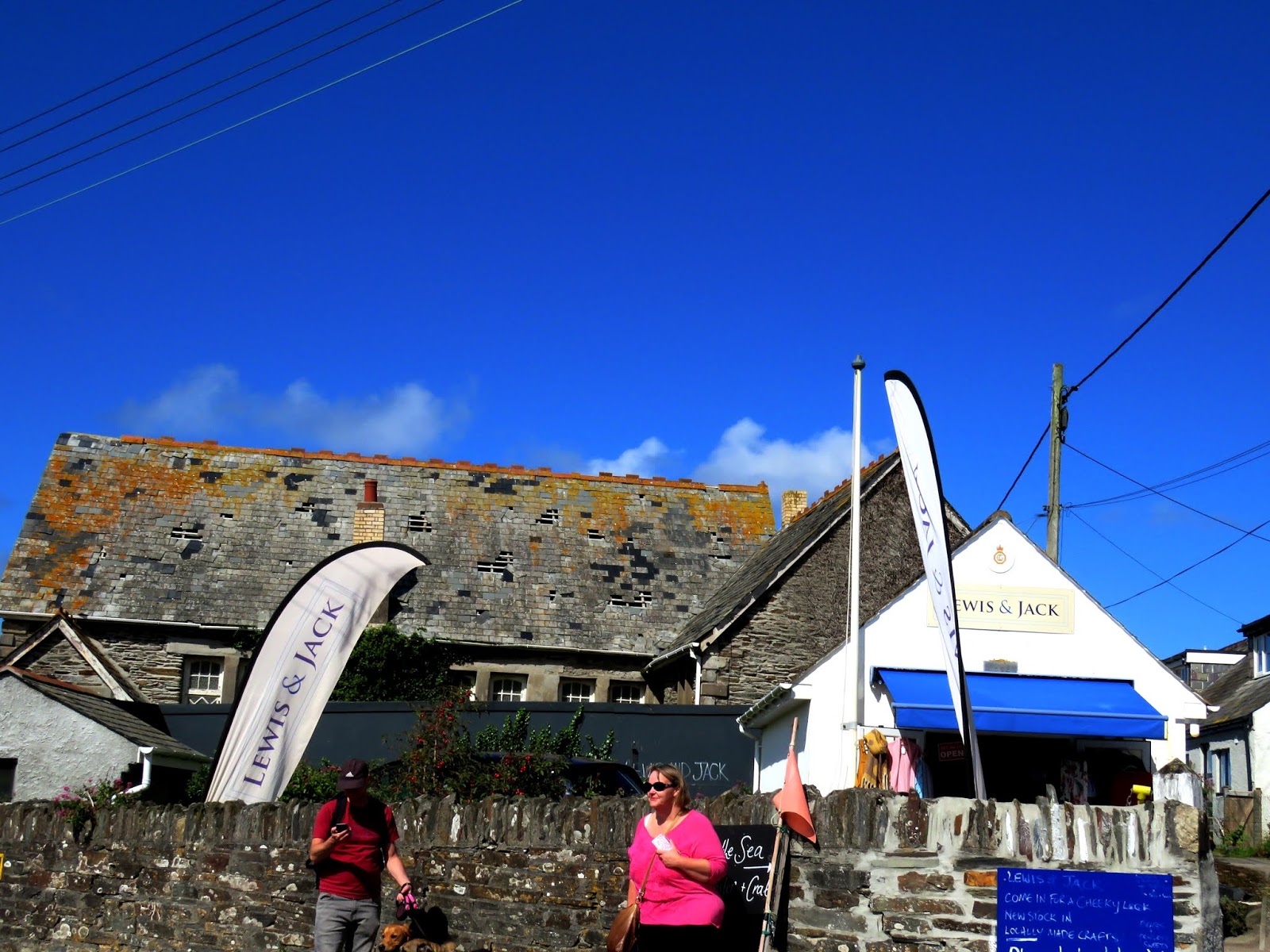 |
| Posing for a photo atop the picnic table. “The pygora goat is a cross between the pygmy goat and the angora goat that produces three distinct kinds of fleece and has the smaller size of the pygmy.” |
Fascinating Fact of the Day St. Teath, Cornwall:
“The first recorded mention of cricket in Cornwall is an advertisement in the Sherborne Mercury on 18 June 1781 for the sale of cattle at St Teath, near Camelford. The advertisement was dated 14 June 1781 and signed by Nathaniel Long. Whereas the annual sale for cattle at St Teath, near Camelford, Cornwall held on the first Tuesday in July had for several years feeling rather neglected. This is to inform the public that the Gentlemen farmers, etc., of the neighborhood, will produce a large show of cattle of the said day being the 3rd day of July next.”
They had no fear of me. Lorraine and Graham acquired them at an early age, and not unusual for goats. They are friendly, playful, and hilarious in their antics. They plan to keep them as pets rather than for any other purpose.
I was able to pet them, unlike the wildlife in Marloth Park, and then even nudged me for more when I stopped. Below is additional information on these adorable animals:
 |
| The four of them continually hang out together. |
 |
| Each of them has a name, taken from the TV series Poldark. “The Pygmy Goat Club has set breed standards regarding size and type and organizes show classes for Pygmy goats. It has its registration and pedigree system aimed at improvement by selective breeding. The adult Pygmy has a maximum height at the withers of approximately 56 cm for males, less for females, short legs, and cobby bodies that give an impression of perpetual pregnancy. They can be any color except completely white, with white Swiss markings on the face not allowed.” |
Lorraine and I chatted about the farm, wildlife, and our travels as we stood in the bright sunshine. I loved the feel of the warmth from the sun, which has been a rarity of late, with the typical cloudy, rainy English weather.
After the walk on the farm, I returned to the house to prepare dinner. I’d sauteed mushrooms, garlic, onions, and aged white cheddar cheese to stuff the cut and flatten chicken breasts which I neatly wrapped in bacon and baked in the oven for 45 – 60 minutes at 190C, 375F, depending on how hot the oven cooks.
 |
| They approached me without hesitation. “Pygmy goats are miniatures, genetically dwarfed; they are kept mainly for enjoyment, interest, and companionship.” |
- Calories: 4
- Carbs: 0.4 grams
- Protein: 0.8 grams
- Fat: 0 grams
- Fiber: 0.2 grams
- Vitamin A: 22% of the Reference Daily Intake (RDI)
- Vitamin C: 24% of the RDI
- Vitamin K: 106% of the RDI
- Calcium: 4% of the RDI
- Manganese: 4% of the RDI
It’s not that I regard the RDI (the British version of the US RDA) in the highest regard for its recommended daily allowances. We need a higher amount of nutrients than they suggest as a minimum.
As for watercress, it is not the most delicious vegetable eaten raw but cooked for a few minutes; adding a little butter and salt makes it quite tolerable, if not delicious. Once cooked, one large bag results in two servings. It’s like spinach…cooked down. There’s not much there.
In the evening, we watched the final episodes of season 2 of Seal Team on CBS All Access on Amazon Prime, which is GBP 2.37, US $2.95 a month with commercials, or GBP 4.78, US $5.95 without commercials. It was an excellent series that we hope returns for another season.
 |
| “The pygmy goat, also known as the miniature goat, and African pygmy goat, is a breed of miniature domestic goat. The pygmy goat is quite a hardy animal and can adapt to virtually all climates.” |
Today, we’d planned to head to Bodmin Moor but have decided to go tomorrow instead. We’re caught up in handling some financial tasks and resulting “paperwork.”
We’ll be back with more tomorrow with two days and counting…
Be well. Be happy.
 |
| When the hornbills were satisfied with their day’s work, they headed back to the birdfeeder for a bit of sustenance. For more photos, please click here. |
































































































